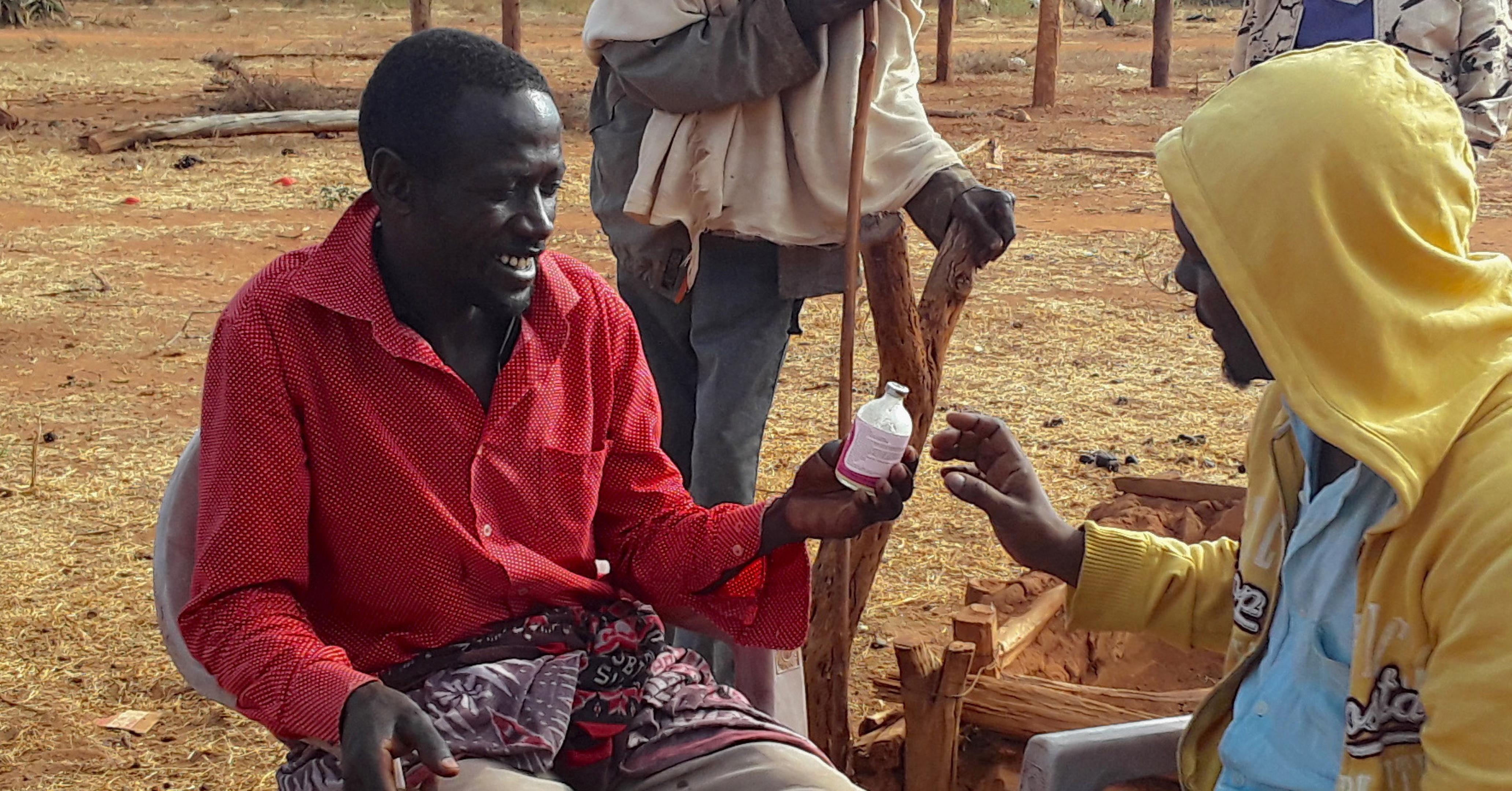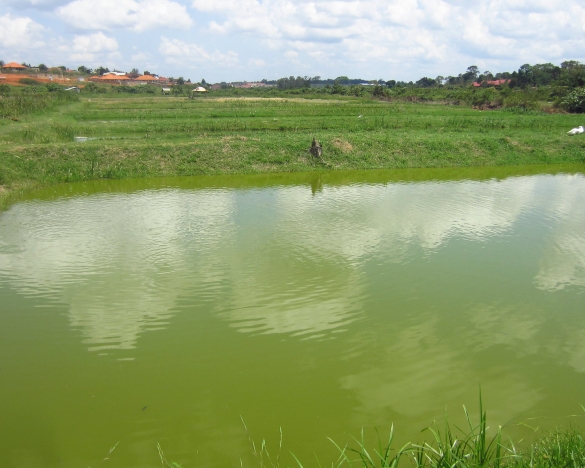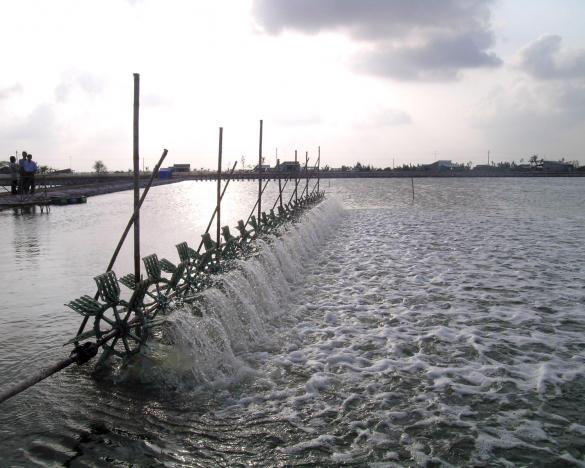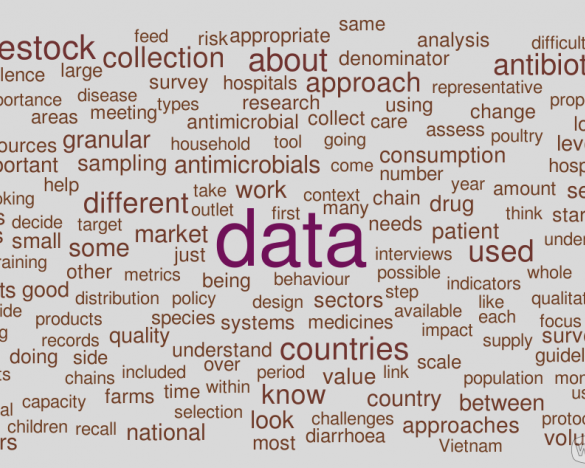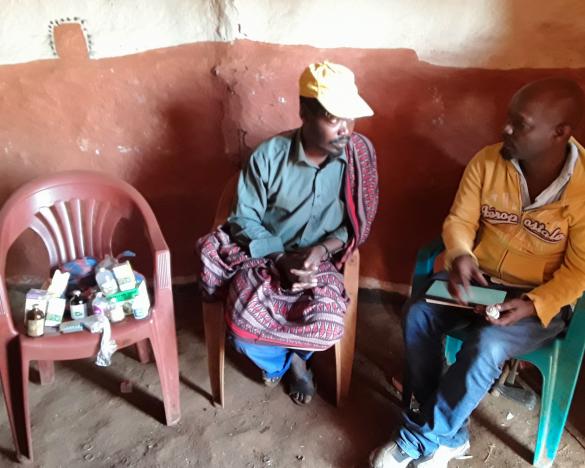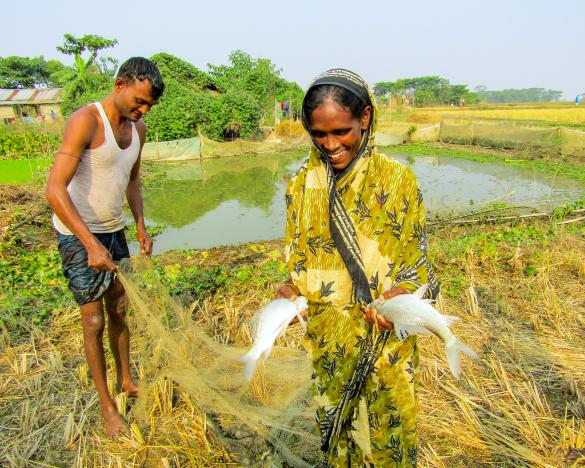The antimicrobial use pillar is aimed at increasing understanding of how antimicrobials are used in low- and middle-income countries, antimicrobial distribution networks and the role of formal and informal markets and how incentives for reduced antimicrobial use can be introduced to achieve an appropriate level of use.
To increase the understanding of these topics, including the role women play in decision-making on use of antimicrobials, we integrate social science in our research using knowledge, attitudes and practices methodologies, interviews and surveys and work closely with communities and other relevant stakeholders.
Key activities
- Development of metrics for antimicrobial use in livestock systems and collecion of data on use of antimicrobials in livestock, aquaculture and crops
- Assessing farmer behaviour and gender relations in antimicrobial use to provide entry points for interventions and incentives promoting behaviour change
- Assessing the governance and quality of antimicrobials used in humans, livestock, fish and crops
- Using system approaches to identify hotspots for antimicrobial use and possible exposure of people to antimicrobial resistance
- Mapping of formal and informal antimicrobial value chains and assessing producers' access to markets
